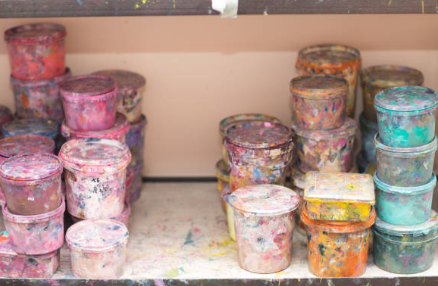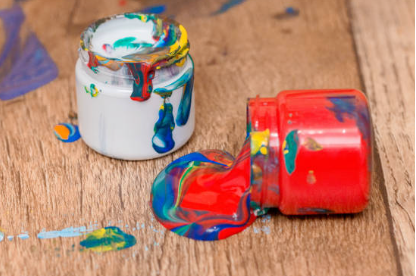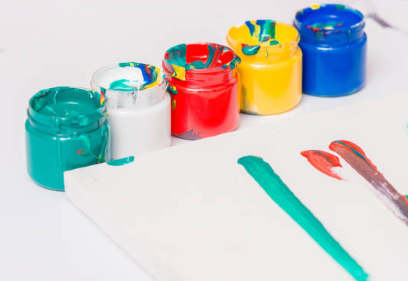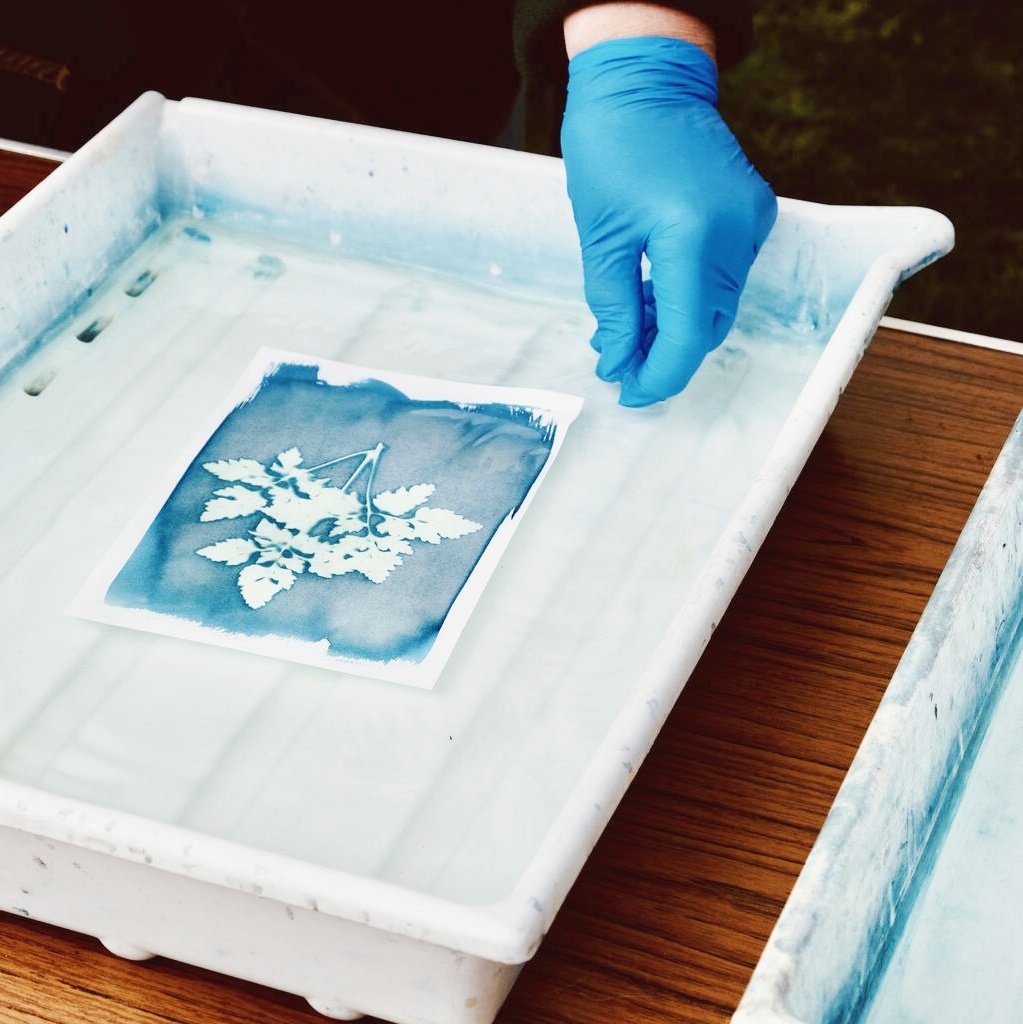Sisällysluettelo
Kattava opas plastisolimusteen käyttämiseen eri teollisuudenaloilla
Plastisolimuste is a popular choice for printing on clothes, cars, signs, and more. But if you use it wrong, your designs might crack, fade, or wash off. This guide will show you how to use plastisolimuste the right way. Let’s get started!
Mikä on Plastisol Ink?
Plastisolimuste is made from two main ingredients:
- PVC-hartsi (eräänlainen muovi).
- Pehmittimet (oily liquids that make the ink soft and workable).
Why do people love plastisol ink?
- Se doesn’t dry until you heat it. This means it won’t clog your screens.
- It makes kirkkaat värit that pop, even on dark fabrics.
- It stays strong and doesn’t fade pesun jälkeen.

How Plastisol Ink is Used in Different Industries
1. Clothing and Apparel
Best fabrics: Cotton, polyester, and blends. Tips for success:
- Käyttää soft-hand ink for comfortable t-shirts.
- Käyttää tiheä muste for thick logos (like sports jerseys).
- Esimerkki: Big brands like Gildan use plastisol ink for millions of shirts.
2. Automotive and Manufacturing
Common uses: Dashboard labels, wire coatings, and machine tags. Key tips:
- The ink must handle high heat (over 300°F).
- Käyttää adhesion promoters to make it stick to metal or plastic.
- Follow safety rules like UL ja ASTM standardit.
3. Signs and Packaging
Best materials: PVC banners, corrugated plastic, and Tyvek®. Make it last longer:
- Lisätä UV-resistant chemicals to fight sun damage.
- Use thicker layers of ink for outdoor signs.
4. Kampanjatuotteet
How to print: Käyttää lämmönsiirrot for mugs, phone cases, and keychains. Avoid cracks: Cure at lower temperatures on curved surfaces.
Step-by-Step Guide to Using Plastisol Ink
1. Prepare Your Tools
Choose the right screen:
- Silmäkoko 110-160 for small details.
- 60-86 mesh count for thick ink layers. Clean your material: Wipe surfaces with rubbing alcohol first.
2. Printing Tips
Fix thin ink: Lisätä curable reducer (like Wilflex additives). Stop ink bleeding: Keep the screen slightly raised off the fabric.
3. Musteen parantaminen
Perfect cure: Heat the ink to 320°F – 330°F for 60–90 seconds. Check the temperature: Käytä a laser thermometer tarkkuuden vuoksi. Too hot? Ink becomes brittle. Too cold? Ink washes off.
Yleisten ongelmien korjaaminen
| Ongelma | Pikakorjaus |
|---|---|
| Neulanreiät | Clean the screen and tighten the mesh. |
| Muste ei tartu | Use an adhesion promoter. |
| Halkeilu | Let the ink cool slowly after curing. |
| Fading after wash | Test prints using AATCC standards. |

Eco-Friendly and Safe Options
Safer inks: Yrittää ftalaatitonta brands like Matsui Evolve® tai Ryonet EcoLine. Workplace safety: Seuraa OSHA guidelines and read safety data sheets (SDS). Reduce waste: Recycle cured ink scraps instead of throwing them away.
New Trends in Plastisol Ink
- Hybridimusteet Mix plastisol with water-based ink for a softer feel.
- Johtavia musteita Print circuits on car parts for smart surfaces.
- Eco-Plasticizers Use plant-based formulas made from soy or castor oil.
Usein kysytyt kysymykset
Can plastisol ink be used on nylon?
Kyllä! Käyttää adhesion promoters first to help it stick.
Lopulliset ajatukset
Plastisolimuste is perfect for creating tough, vibrant prints on clothes, cars, signs, and more. Always cure at 320°F – 330°F, choose the right screen mesh count, and try ympäristöystävällisiä musteita pitää Ryonet EcoLine for safer projects.
Need help? Download a free plastisol curing cheat sheet here.



